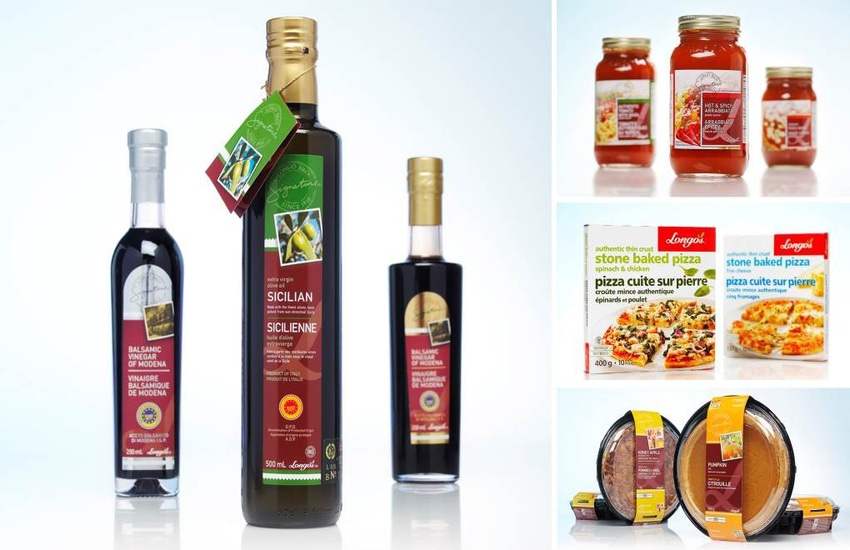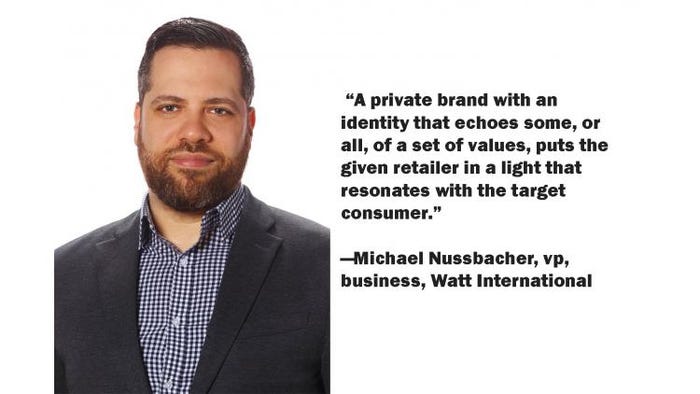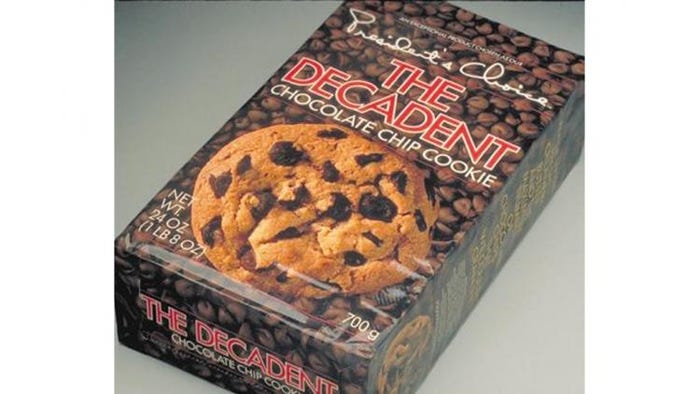June 19, 2018

A private label's successful itinerary earns consumers’ trust while leveraging the packaging and design in following these five guidelines.
Trust is something earned, not given. While this age-old adage may be debatable, it certainly holds true in retail. The ubiquity of Google in providing information about just about anything, including products and prices, has been a double-edged sword for today’s shopper. On one hand, shoppers can now download all the facts, reviews, and images related to any given product and, with Amazon, they can even buy it right from the very same web page.
On the other hand, the price war has never been so bloody as the availability of all that information has shoppers focusing on finding the cheapest price possible as they compare one source to the other for the same product. Profit margins are razor thin, especially in grocery, and one wonders how to compete when product categories and offerings are, for the most part, the same from retailer to retailer. If price is the main factor affecting a consumer’s decision to buy juice from one grocer or the other, does quality or packaging (and marketing) matter?
The good news is that packaging does matter and is effective when the brand is strong and reflects the story of the store where it is offered. Private label is experiencing a rebirth—in particular the need for private brand strategy. Retailers who tell a compelling story through their private brand program and follow up with corresponding, effective store design are finding their ideal customer persona that is more engage-able than simply “those who need groceries for a low price” as a segment.

An overall retail experience with a properly designed and executed private label program is a crucially important part of a retailer’s win strategy. Furthermore, a private brand with an identity that echoes some, or all, of a set of values, puts the given retailer in a light that resonates with the target consumer.
Customers are choosing brands (within a threshold for fair pricing) that create enough value to influence their decision to choose a private brand linked to a particular store over a national brand that can be found in any other store. The industry is naming these “destination brands.” Usually, widely available national brands are particularly subject to price comparisons to the same SKU in a competitor’s store, while private brands appear to be resistant to that sort of comparison by virtue of their exclusivity.
Amazon’s strategy and your strategy
It is also particularly interesting that private brands appear to be one strategy to combat the mecca of price shopping: Amazon. Philosophically speaking, Amazon has no ideal, specific customer persona as it caters to all. Although Amazon has its own private brand set (i.e. Amazon Basics), it centers on generic items for those who want to save some money on a similar name brand. Ironically enough, Amazon’s strategy is right out of the classic brick and mortar textbook. Retailers such as Trader Joe’s (US) and Farm Boy (Canada), who, conversely, have little to no ecommerce presence, are thriving as they see customers make the journey to their stores to get their private label products where the focus is local, as-good-as-or-better than the national brands, lower priced items with all the personality of the store baked into the labeling and display of each SKU. Their private brands support their respective stories and values which are also pervasive in their in-store experiences, marketing materials, flyers, and even their staff.

There are a few things that a retailer can do, right now, to get the ball rolling on mapping out a journey to a destination brand experience.
Understand the core needs of your customers and who they are.
Develop a clear proposition that aligns with the banner/store brand.
Develop a clear brand architecture to ensure its role and proposition by category is well understood.
Leverage in-store marketing and merchandising effectively to drive destination and appeal.
Invest in brand and packaging design to ensure both functional and emotional attributes are well communicated.
Customers gravitate to the store and begin trusting what’s in the box, can, bag, or bottle when the story of the store and brand is beneficial to the customer while also being unique. An effective private brand program that is institutionalized into a company’s culture and operating systems with clarity and conviction results in an effective retail experience where retailers enjoy full control over the brand, its two-way transparency, its mission, and its messaging. Trust is earned from customers who feel like they have a stake in a given store and the feedback is resoundingly positive.
Michael Nussbacher is the VP, business development, for Watt International. From brick to clicks, he helps deliver successful leading-edge strategies to retailers. A well-known thinker and proven entrepreneur in the digital space, Nussbacher brings nimble and creative thinking from the retail tech start-up world to introduce fresh thinking to brands from craft to household names.
About the Author(s)
You May Also Like


